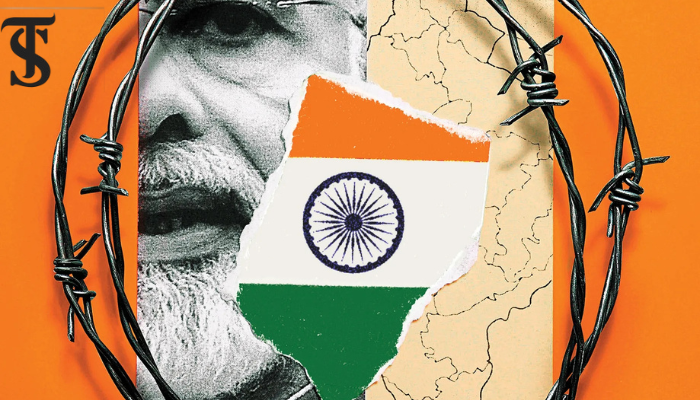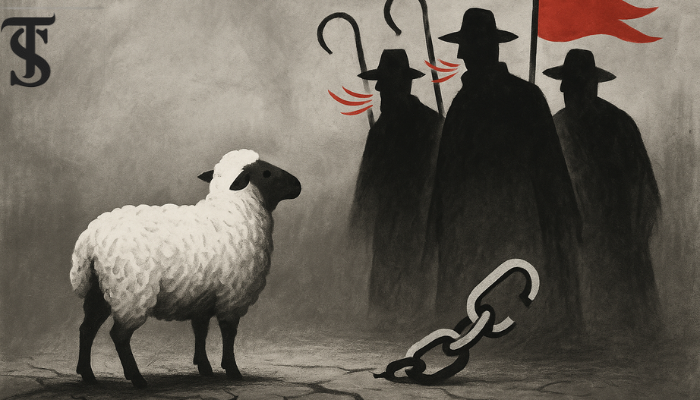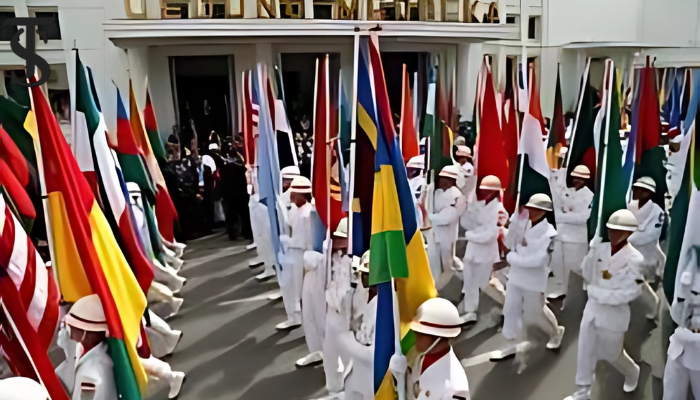India’s Fractured Federation

India is currently grappling with an uncomfortable paradox: despite presenting itself as a rising global power, it faces pressure from at least twenty active separatist movements. The idea of a united India may splinter into a patchwork of independent entities if even a few of these movements succeed. In light of this, the call for an undivided and perpetual India—known as Akhand Bharat—gains urgency, yet also grows more fragile.
Jammu and Kashmir remains the most tense and entrenched conflict zone. Decades of military rule, compounded by the 2019 repeal of Article 370, have transformed dormant dissent into open rebellion. Stripping the region of its special status only deepened local marginalization. Meanwhile, the Khalistan movement—a Sikh separatist demand that culminated in tragic violence during the 1980s—has reemerged in Punjab, fueled by mobilization of the global Sikh diaspora and momentum from recent farmer protests. Even relatively peaceful states like Uttarakhand and Himachal Pradesh now host growing calls for greater regional autonomy, reflecting broader dissatisfaction with India’s federal structure.
In the mineral-rich “Red Corridor” (Jharkhand, Chhattisgarh, Odisha, and Madhya Pradesh), promises of industrial development have largely bypassed indigenous tribal populations. Displaced by mining projects and deceived by exploitative agents, these communities have turned to Maoist insurgencies as means of protest and survival. A cycle of violence and poverty has been entrenched by prolonged clashes between paramilitary forces and left-wing guerrillas, resulting in widespread destruction of infrastructure and loss of life. Similarly, Uttar Pradesh and Bihar remain burdened by extreme poverty and systemic social inequality. Persistent demands for new states—such as Purvanchal and Bundelkhand—underscore how many feel excluded from India’s political and economic mainstream.
The Northeast is arguably India’s most ethnically and linguistically diverse region, yet it is often marginalized in national discourse. Central authorities have too frequently seen its diversity as a threat rather than an asset. Assam’s United Liberation Front of Asom (ULFA) oscillates between regional and economic demands, while the Naga Hills pursue the creation of a sovereign Nagalim. In Manipur, the Meitei–tribal divide has given rise to parallel insurgencies by the People’s Liberation Army (PLA) and the United National Liberation Front (UNLF). At the same time, local movements in Mizoram, Tripura, and Meghalaya have sprouted over resource distribution and cultural identity. The Armed Forces Special Powers Act (AFSPA), originally enacted as a counterinsurgency tool, has exacerbated tensions by creating a profound divide between the military and civilian populations.
In the southern Deccan plateau and coastal regions, separatist undercurrents take subtler forms. Although the 20th-century Dravidian movement in Tamil Nadu abandoned secessionist rhetoric, its legacy lives on in the slogan “Tamil first, Indian later.” Similar sentiments resurface periodically in Andhra Pradesh, Kerala, and coastal Karnataka, where demands for smaller states like Kodagu, Tulu Nadu, and Rayalaseema reappear. The 2014 creation of Telangana from Andhra Pradesh serves as a reminder that even modest, persistent demands can yield constitutional and territorial change.
The Indian government relies on two main strategies to manage these divisions: coercive enforcement and development packages. Extended dialogues have brought relative peace to Mizoram and Nagaland, but military interventions in Kashmir and the Red Corridor have only provided temporary calm, leaving deeper grievances unaddressed. Meanwhile, New Delhi has constructed roads, tunnels, and airbases in strategic border regions like Ladakh and Arunachal Pradesh. Locals often view these projects not as progress but as symbols of encroachment—where the rumble of bulldozers echoes the march of soldiers.
On the international stage, these domestic vulnerabilities are exploited by external actors. China’s cartographic diplomacy renames Arunachal Pradesh as Zangnan (South Tibet) to assert its territorial claims. Pakistan sustains a diplomatic offensive over the Kashmir dispute. Symbolic acts—such as the raising of Khalistani flags in London, Toronto, and Melbourne—challenge India’s diplomatic narratives and expose its internal fault lines.
India confronts a clear challenge. A robust federation can—and must—be built on linguistic, ethnic, and religious pluralism, but only if the government chooses to celebrate rather than suppress its diversity. Forced unity may preserve geographical borders, but not the national spirit. Economic dignity, political inclusion, and social justice should be the pillars of true unity. Unless New Delhi addresses structural flaws at home, the lines on its maps risk becoming fault lines on the ground, ready to fracture under the weight of voices long ignored. No amount of proud symbolism or nationalist rhetoric can conceal the hollowness of an unrepaired union; walls hollowed from within inevitably collapse.
The writer is a political analyst and emerging scholar of international relations at the International Islamic University Islamabad, with research interests in defense, diplomacy, and South Asian conflict dynamics.






